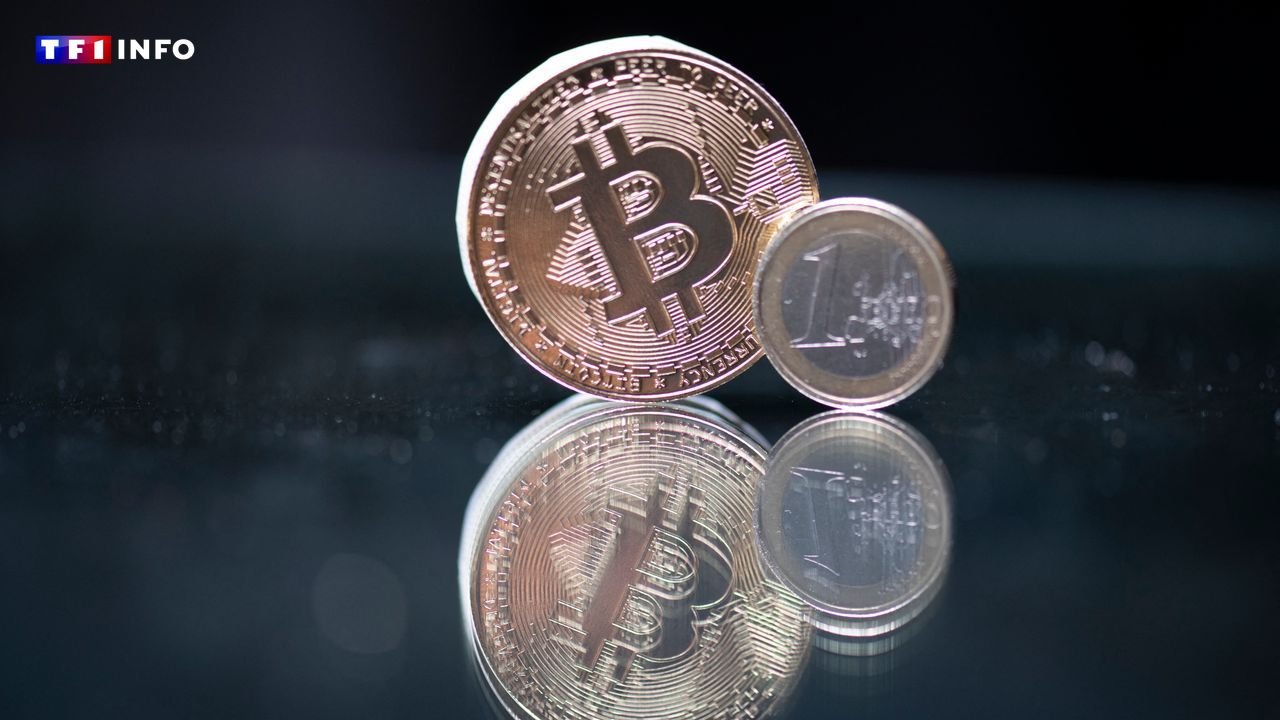
Dutch financial giant ING expects the Philippine peso to depreciate against the United States (US) dollar in the near term as the US President Donald Trump-led global trade war rages on and the domestic economy weakens.
“We look for the Singapore dollar and Philippine peso to underperform in a region wholly involved in Trump’s trade war,” ING said in an April 16 report.
This would reverse gains made by the peso against the US dollar since Trump’s “Liberation Day” announcement last April 2, wherein America’s Philippine imports were to have been slapped with 17-percent reciprocal tariffs effective April 9. Trump later on postponed the baseline and reciprocal tariffs on all US trading partners by three months.
ING noted that the Philippine economy “remains largely insulated from the tariffs imposed by the US.”
Still, ING projected the peso to “trade with a mild depreciation bias.”
From the spot level of ₱56.7:$1 before local markets went into the Holy Week break, ING expects the peso to fall to the ₱57.5 level in a month’s time; ₱58 three months from now; and ₱58.5 in six months’ time, before strengthening to ₱57.5 versus the greenback one year from now.
“Since October 2024, the Philippines’ overall balance of payments (BOP) has been deteriorating, marked by a widening current account deficit, weak foreign direct investment (FDI) and stagnant personal remittance inflows,” ING pointed out.
Last month, the Bangko Sentral ng Pilipinas (BOP) projected the BOP for this year to swing to a $4-billion deficit, equivalent to 0.8 percent of gross domestic product (GDP).
Previously, the BSP had forecast a $2.1-billion BOP surplus for 2025.
BOP is the sum of the Philippines’ dollar transactions with the rest of the world, including exports, imports, investments, and remittances.
A deficit means the amount of dollars that left the economy during the period exceeded those that entered the country.
BOP data are tracked closely to ensure that the supply of dollars in the economy remains ample enough to allow businesses and the government to transact with the rest of the world.
The BOP position is an indication of the country’s ability to withstand external economic crises that may lead to a shortage in the amount of foreign exchange in the system.
In particular, the deficit in the current account, or net dollar earnings from foreign goods and services trade, is expected by the BSP to further widen to $19.8 billion this year, equivalent to 3.9 percent of GDP, from $17.5 billion last year.
Meanwhile, the latest BSP data showed that net inflows of brick-and-mortar FDI dropped by a fifth year-on-year to $731 million in January.
Also, money sent home by Filipinos working and living abroad slid to a nine-month low of $2.72 billion in February, even as end-February cash remittances rose 2.8 percent year-on-year to $5.63 billion.
ING said the BSP is seen to address the local currency’s “overvaluation” through the resumption of its monetary policy easing.
“The BSP cut [the policy rate] by 25 basis points (bps) to 5.5 percent, in line with our expectations. With inflation falling below the central bank’s target, the real policy rate had surged close to all-time highs of four percent after the March inflation print [of 1.8 percent],” ING noted, referring to the Monetary Board’s decision last April 10.
The BSP targets annual headline inflation of two to four percent, the range of consumer price increases deemed manageable and conducive to economic growth.







